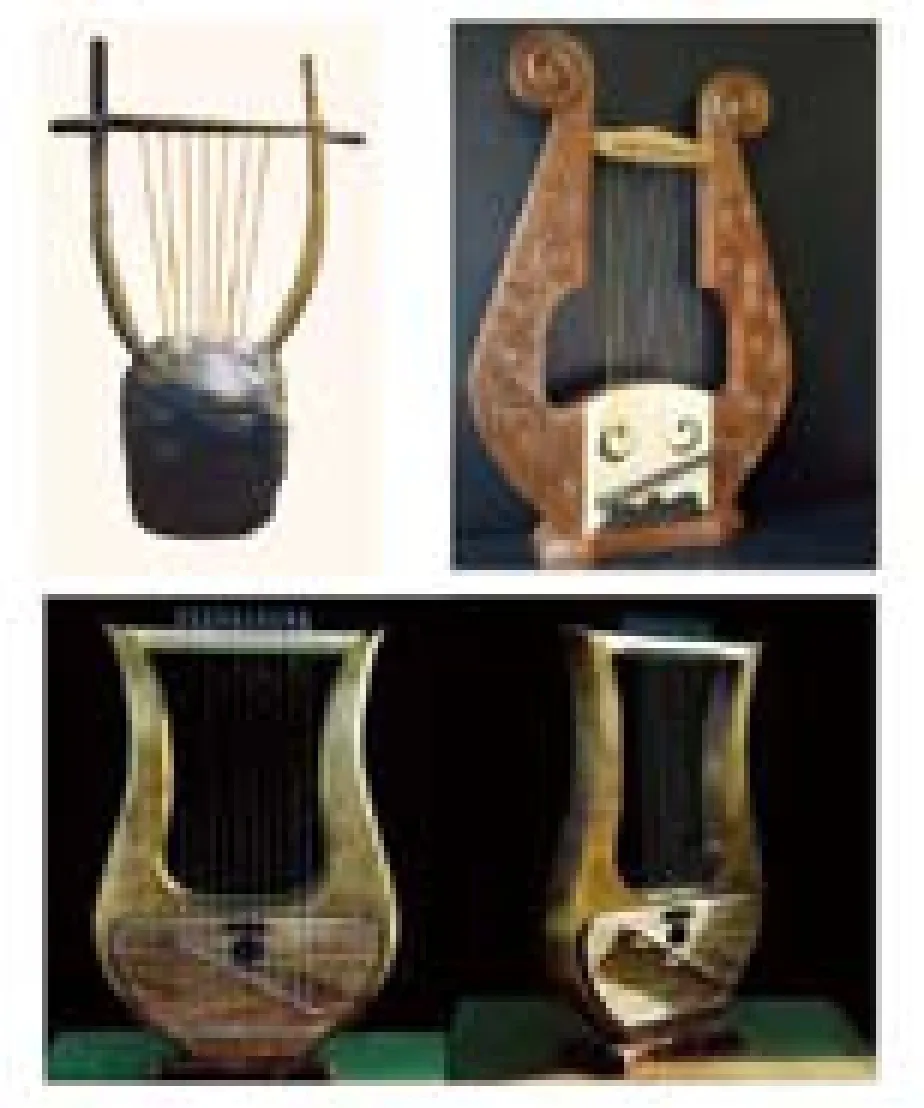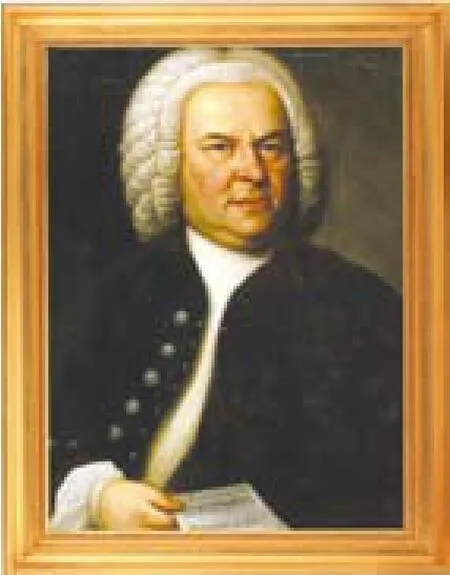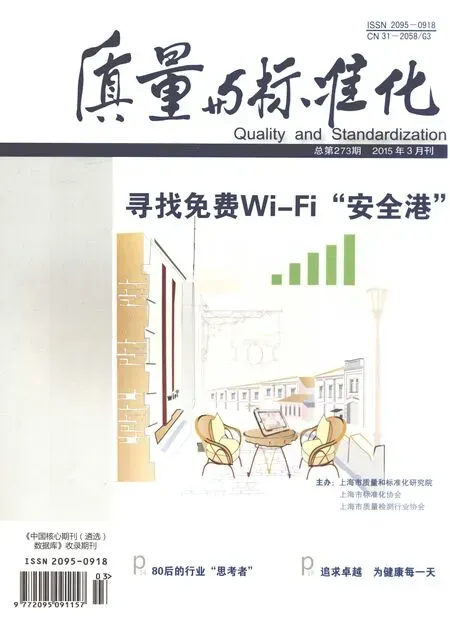追寻西方古典音乐之美(上)
文/五花肉
追寻西方古典音乐之美(上)
Exploring Aesthetics of Classical Music(Part 1)
文/五花肉
西方古典音乐一般泛指由西方宗教音乐发展而来的音乐形式。古希腊时期,人们用牛肠和龟壳制作成西方最古老的拨弦乐器——里拉琴,被誉为现代吉他的始祖。相传,每当阿波罗之子奥尔甫斯弹奏起里拉琴,万物都会静静地聆听,即使最凶顽的猛兽也会被他美妙的琴声所打动……
Classical music means the music originating from the western religious music. In era of Ancient Greece, lyre ,the earliest stringed instrument, was made from turtle shell and Ox intestine. lyre is regarded as the ancestor of modern guitar. In Greek mythology, Orpheus was the son of Apollo. All nature quietly heard Orpheus playing lyre and even the brutal beasts were moved by the melodies.

中世纪的教堂音乐Church Music in middle ages
随着中世纪基督教文化的兴起,教堂音乐成为当时西方音乐的主要表现形式,其中的代表就是格里高利圣咏。
By the middle ages, with the development of Christian civilization, Church music was the mainstream and Gregorian chant was the typical example at that time.
时任罗马教皇格里高利将各地教会的礼仪歌曲、赞美歌等收集整理,并规范了使用的音列(调式),称之为格里高利圣咏,被视为西方古典音乐的雏形。这种被“标准化”的音列,也得以迅速传播、推广至欧洲乃至世界各地,对后世的音乐理论,如记谱法、复调音乐等也产生了重要影响,即使现代的调式音乐也是在此基础上发展而来。
Pope Gregory I collected chant and hymn from different churches and codified the tone and rhythm, which was called Gregorian chant. Gregorian chant was regarded as embryonic form of classical music. The standardized music became popular in Europe and the globe; and had greatly influenced the later musical theory including tablature and polyphony. Even the modern music mode was also originated from it.
“奥尔加农”和“笛斯康都” Organum and Discantus
公元7世纪初,有僧侣音乐家尝试在格里高利圣咏上加上另一声部的伴奏,这种简单的复音形式被称为“奥尔加农”和“笛斯康都”。多声部的出现,让和声变得丰满起来, 旋律也更加华丽,为复调音乐的出现打下了很好的基础。
In the 7th Century, hieratic musicians tried adding accompaniment to Gregorian chant. This simple complex tone was called Organum and Discantus. Polyphonic mode enrich the music and make rhythm gorgeous, which laid foundation of modern polyphonic music.
公元13世纪,复调音乐开始在宗教音乐中广泛使用,进而突破了以往多声部中必须有一个声部使用格里高利圣咏的“传统标准”, 各个声部、声部之间的节奏都可以由作曲家自由创作。
In the 13th century, polyphony became popular in religious music and changed the traditional standard that one voice part must be dedicated to Gregorian chant. Artist could compose the rhythm for all the voice parts as his wishes.


文艺复兴与巴洛克Renaissance and Baroque到了文艺复兴时期,西方古典音乐的音乐受众开始从贵族转向大众。这一时期的音乐编制,寻求复调与和声的平衡,运用自然音体系和结构明晰的曲式,形成宁静、明朗、清澈、和谐的复调风格,并开创了无伴奏合唱的先例。
In the era of Renaissance, classical music became popular in civilian stratum. In this period, the music focused on the balance between polyphony and harmony. Natural tone system and standardized musical form achieved quiet; bright; clear and harmony style and A cappella was invented.
相比之下,巴洛克时期的音乐形式在感情上更为丰富,且具有戏剧性的起伏,代表人物是约翰・塞巴斯梯安・巴赫。这一时期最重要的创造,就是形成了“对比”的概念,音的高与低,速度的快与慢,力度的强与弱等等。1750年巴赫去世,巴洛克音乐时代宣告结束。
Relatively, music in Baroque era was more emotional and dramatic. Bach features the representative. Concept of “comparison“ emerged that is comparison in low and high; in slow and swift; andin weak and strong. After Bach passed away in 1750, the Baroque musical era was ended.

文艺复兴和巴洛克时期的音乐突破了中世纪教堂音乐的“桎梏”,更加注重情感表达与层次结构,形成了新的音乐规范和体系。
Renaissance and Baroque broke the limit of church music in middle ages; focused on emotion expression and structure and developed new musical system.
维也纳古典乐派的巅峰Peak of Vienna Classical Music
18世纪中后叶,以海顿、莫扎特和贝多芬为代表的维也纳古典乐派发展至巅峰。他们在继承文艺复兴和巴洛克时期音乐基础上,进一步规范、完善了音乐的曲式、篇幅等,现代意义上的交响曲日渐成型。
In the late 18th century, Haydn; Mozart and Beethoven featured the peak of Vienna Classical Music era. They codified and improved the form and length of rhythm based on the style of Renaissance and Baroque, which formed the shape of modern symphonic music.
海顿确立了交响曲曲式的和声结构,以及乐器组合的内在规律;莫扎特扩大了展开部的篇幅,保持不同乐章间的平衡;贝多芬在交响曲中注入了法国大革命时期的先进思想及革命热情,并扩大乐队的编制及加入人声,以谐谚曲替代小步舞曲以及运用不同的创作手法,深化了交响曲这一体裁,并使之达到了登峰造极的地步。
Haydn formulate the standard style; voice part and combination of instruments for symphonic music. Mozart expanded the length of development section and kept the balance in different chapters. Beethoven injected advanced ideas and passion of French Revolution; expanded the orchestra and added A Cappella. He replaced minuet with song of harmony and enriched the symphony, which achieved peak of symphonic music.
从古希腊到18世纪中后叶,西方古典音乐从无到有、历经变迁,每一次重要的发展和飞跃,无不与音乐规范的形成、完善、突破、再完善的演变过程相契合,最终为成就西方古典音乐之美奠定了牢固的基础。
From Ancient Greece to the late 18th century, classical music kept evolving and developing. Every phase of development was closely related to the standardization and formulation of musical regulations, which laid the foundation of aesthetics of classical music.
(支持单位:上海市质量和标准化研究院)

